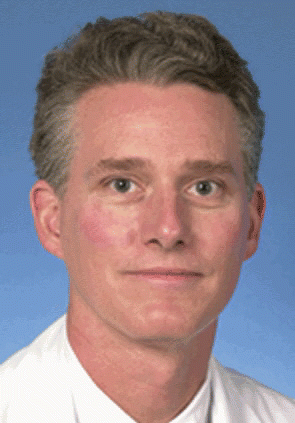Removal of the submandibular gland using an oral pathway appears to be feasible and successful, doctors have reported.
Explore This Issue
April 2009The transoral excision of the submandibular gland avoids a neck incision and a subsequent neck scar, said Ryan Kauffman, MD, a resident in otolaryngology at Vanderbilt University in Nashville, presenting his findings at the 111th annual meeting of the Triological Society. In addition, the transoral route may decrease volume loss in Level 1B of the floor of the mouth due to limited tissue disturbance. There is also a decreased the probability of injury to the marginal mandibular branch of the facial nerve. There also is no need for a surgical drain postoperatively.
Description of the Technique
In performing the transoral surgery technique, Dr. Kauffman illustrated how the surgeon identifies key nerves and blood vessels, using blunt dissection of these structures to protect them from damage and to control bleeding. Of particular interest are the identification of the lingual nerve, the hypoglossal nerve, and Wharton’s duct, as well as locating the branches of the facial artery and facial vein.
 Although the technical exercise is certainly possible, the authors suffered three moderately severe complications, and one patient had to be converted to an open approach. The facial artery, in particular, represents a major branch from the external carotid system, and incomplete ligation or loss of control could prove catastrophic.
Although the technical exercise is certainly possible, the authors suffered three moderately severe complications, and one patient had to be converted to an open approach. The facial artery, in particular, represents a major branch from the external carotid system, and incomplete ligation or loss of control could prove catastrophic.
-Mark Weissler, MD
Dr. Kauffman described the procedure: After counseling, general anesthesia is induced, and the neck is prepped and marked in the standard fashion for transcervical submandibular gland excision. A Dingman mouth gag is placed in an inverted fashion into the oral cavity. An endoscope can be utilized to provide improved light and magnification to the surgical field.
The tongue is then retracted to the contralateral side of operation, and bimanual palpation of the floor of mouth identifies any Wharton’s duct calculi, and also identifies the position and size of the gland. This maneuver also allows for delivery of the superior portion of the gland. After infiltration of lidocaine with epinephrine, the incision is created from the retromolar trigone to within 1 cm of the lingual surface of the alveolar ridge, at the caruncle of Wharton’s duct.
Dissection along Wharton’s duct from the caruncle of the duct to the gland identifies the lingual nerve, located on the superior-posterior-lateral surface of the gland, which is carefully dissected away. Also, its course inferior to the duct is traced lateral to medial. Wharton’s duct is circumferentially dissected, from the caruncle to the gland, so that it may be elevated and excised en bloc with the gland.
Leave a Reply